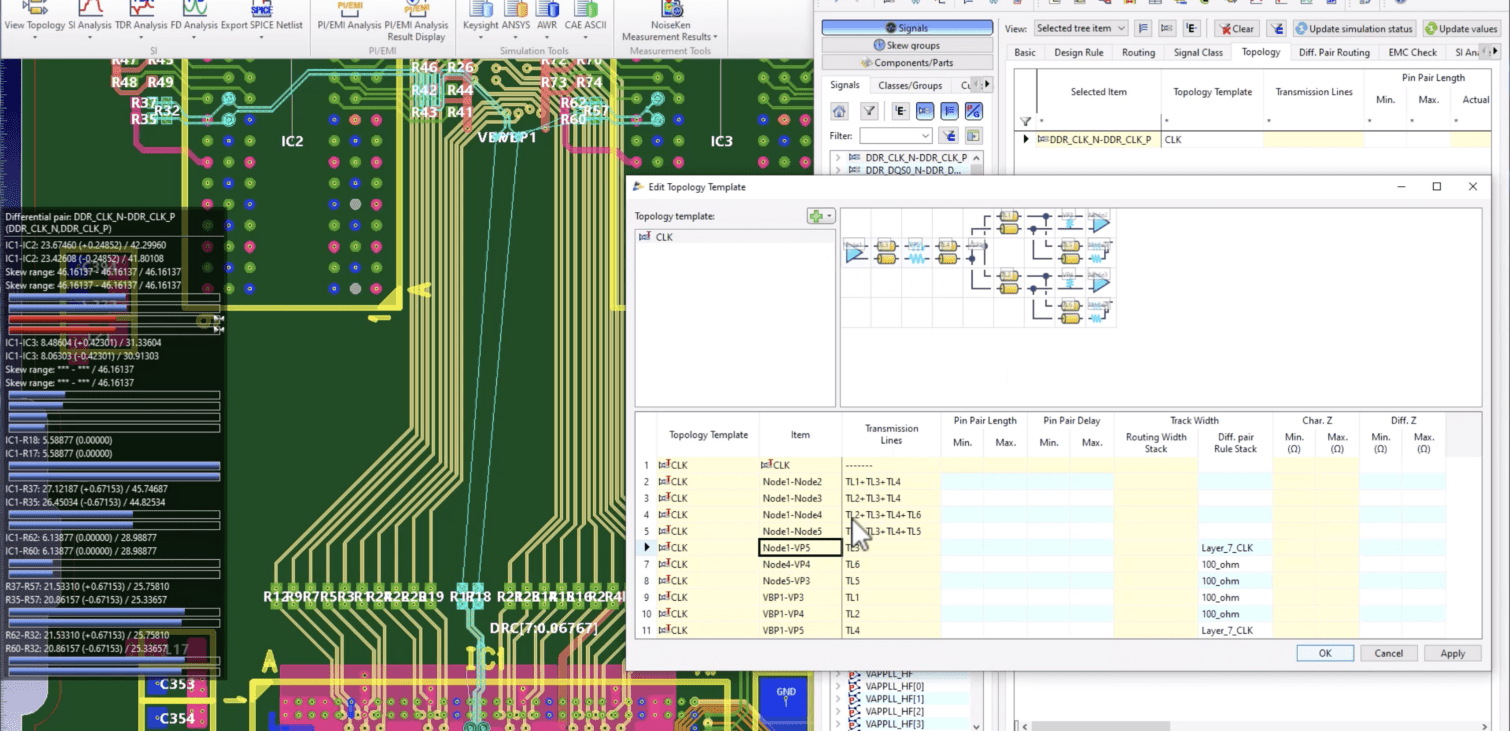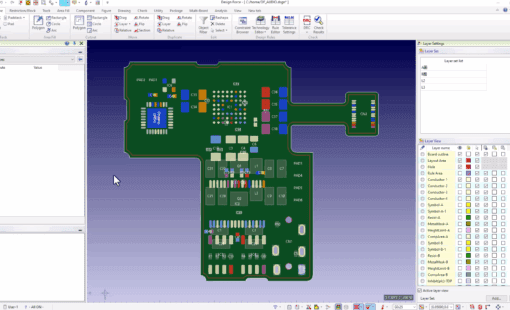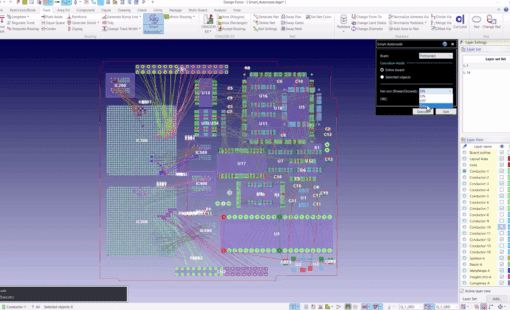Routing a star topology often requires different track widths before and after the branch point. Virtual Branch Points in CR-8000 Design Force is a valuable tool that allows users to control routing widths within the topology routing pattern effectively.
Setting Up Virtual Branch Points
By configuring Virtual Branch Points in your routing topology, you can establish specific design rules for segments leading up to and from these points. Here’s how to do it:
Steps to Configure Virtual Branch Points
- Create Your Topology Template: Create a topology template for your design.
- Assign Routing Width Stack: Assign the Routing Width Stack or Diff Pair Rule Stack to the nodes within the topology template.
- Apply Topology Template to E-Net: Ensure your design assigns the topology template to the E-Net.
- Matching Topology Template to E-Net: The topology template must match the E-Net to be available in the Constraint Browser.
- Automatic Rule Assignment: Once you draw these routes, they will automatically adhere to the rules set in the Topology Template Editor.
Ensuring Effective Design Rules Application
Following these steps ensures that your routing topology follows the design rules up to and from the Virtual Branch Points in CR-8000 Design Force. This practice is essential for maintaining consistency and reliability in your PCB designs.
Conclusion
Lastly, leveraging Virtual Branch Points in Design Force for star topologies enhances control over routing widths, facilitating better adherence to design rules. This method is particularly effective when using CR-8000 V2023 for your PCB designs. By properly setting and applying these branch points, you can significantly improve the precision and functionality of your design layouts.
Related Products and Resources
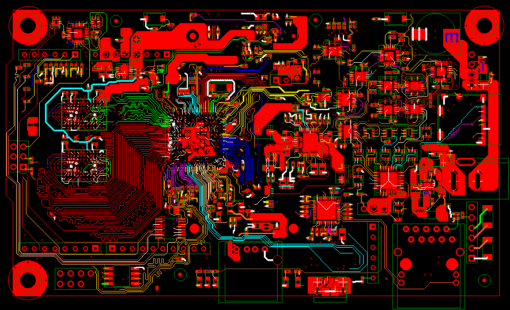
- Products

- Products
Building a competitive product today is much more difficult than a few years ago. Existing PCB-centric design processes are limited to a single PCB and do not provide the necessary tools for today’s competitive product development environment. PCB-centric design processes are falling behind.
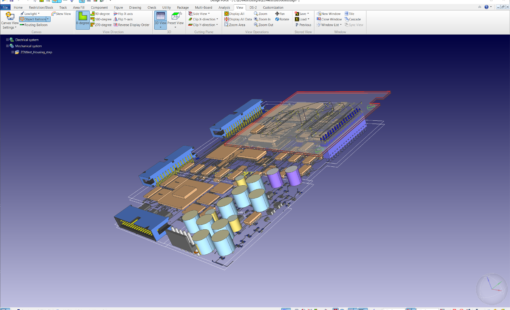
- Webinar
